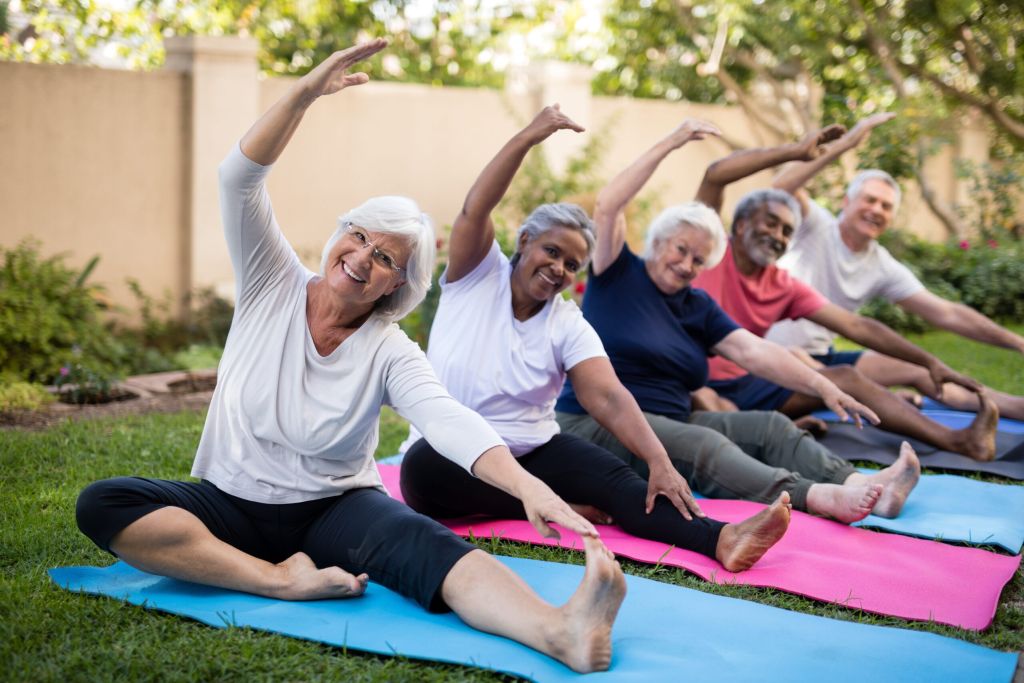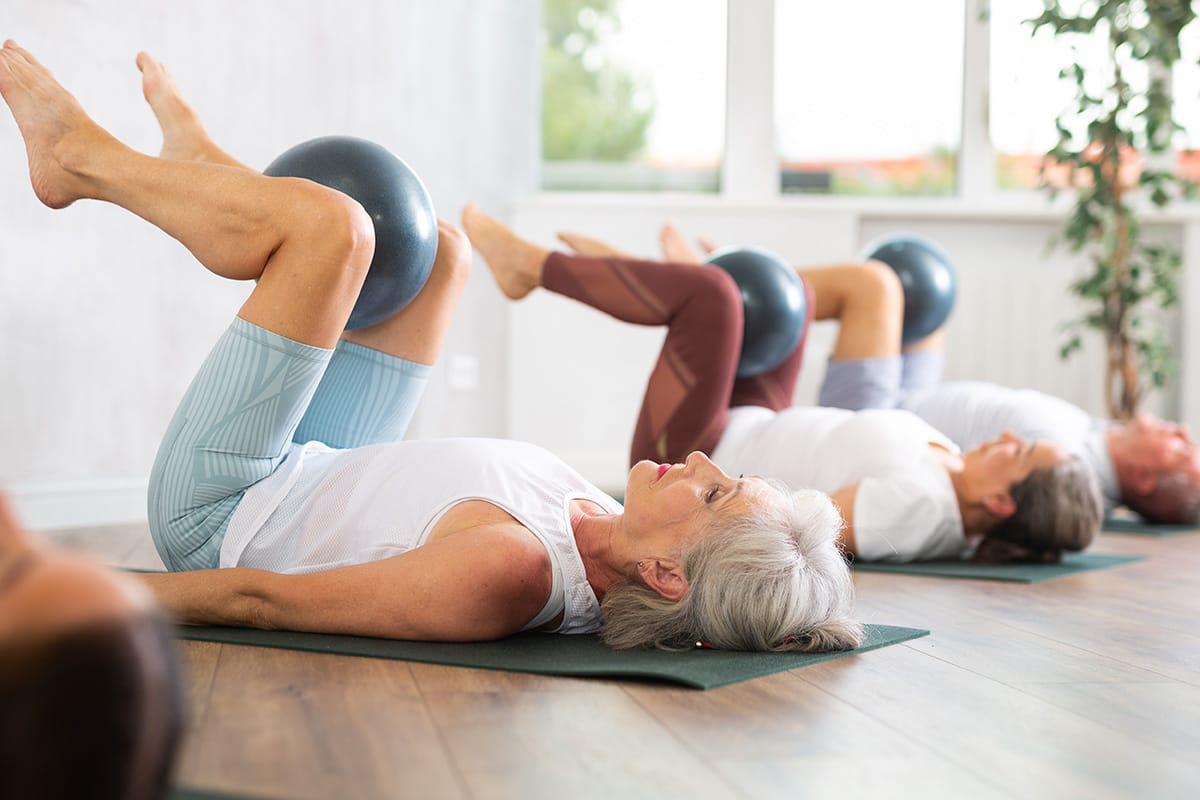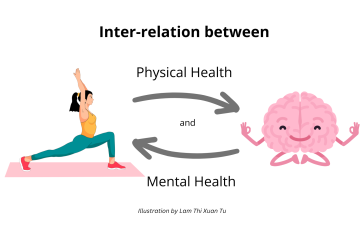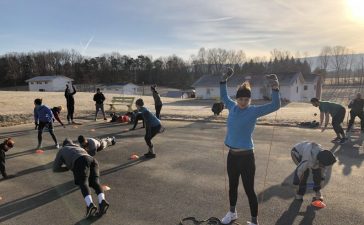Staying active is crucial at any age, but it becomes even more important as we grow older. Regular exercise helps maintain mobility, flexibility, and overall health, allowing seniors to enjoy a higher quality of life. This article explores some of the best exercises for seniors, focusing on activities that enhance strength, balance, and cardiovascular health.
As we age, our bodies go through changes that can impact our physical capabilities. Maintaining an active lifestyle is key to managing these changes and promoting longevity. Engaging in regular exercise can help seniors maintain independence, reduce the risk of chronic diseases, and improve mental health. Here, we outline some of the best exercises tailored to the needs of seniors, ensuring safety and effectiveness.
1. Strength Training: Building Muscle and Bone Health
Strength training is essential for seniors to combat the natural loss of muscle mass and bone density that occurs with age. Incorporating strength exercises into a regular routine can help seniors maintain their independence and perform daily activities more easily.
Benefits of Strength Training
Strength training helps increase muscle mass, which supports better metabolism and weight management. It also strengthens bones, reducing the risk of osteoporosis and fractures. Additionally, stronger muscles improve balance and coordination, decreasing the likelihood of falls.
Effective Strength Training Exercises
- Chair Squats: Stand in front of a sturdy chair, lower yourself into a seated position, then rise back up to a standing position. This exercise strengthens the thighs and glutes.
- Bicep Curls: Using light dumbbells or resistance bands, perform bicep curls to strengthen the upper arms.
- Wall Push-Ups: Stand facing a wall, place your hands on the wall at shoulder height, and perform push-ups to strengthen the chest and arms.

2. Balance Exercises: Preventing Falls and Improving Stability
Balance exercises are crucial for seniors to maintain stability and prevent falls, which are a common cause of injury among older adults. Incorporating balance exercises into a daily routine can significantly enhance overall stability and confidence in movement.
Importance of Balance Training
Improving balance can help seniors navigate their environment more safely and reduce the risk of falls. Better balance also contributes to improved posture and gait, making daily activities easier to perform.
Recommended Balance Exercises
- Heel-to-Toe Walk: Walk in a straight line, placing the heel of one foot directly in front of the toes of the other foot. This exercise improves coordination and balance.
- Standing on One Foot: Hold onto a sturdy chair for support and lift one foot off the ground, balancing on the other foot. Hold the position for 10-15 seconds, then switch legs.
- Tai Chi: This gentle form of martial arts focuses on slow, controlled movements and deep breathing, enhancing balance, flexibility, and mental focus.
3. Flexibility Exercises: Enhancing Range of Motion
Flexibility exercises are vital for maintaining the range of motion in the joints, reducing stiffness, and preventing injuries. Regular stretching helps keep muscles and joints supple, improving overall mobility and comfort.
Benefits of Flexibility Training
Improved flexibility can lead to better posture, reduced muscle soreness, and increased blood circulation. It also helps seniors perform daily tasks with greater ease and reduces the risk of strains and sprains.
Effective Flexibility Exercises
- Neck Stretches: Gently tilt your head to one side, bringing your ear toward your shoulder, and hold for 15-30 seconds. Repeat on the other side.
- Seated Forward Bend: Sit on the edge of a chair with your legs extended and gently lean forward, reaching for your toes. This stretch targets the lower back and hamstrings.
- Shoulder Rolls: Sit or stand with your arms at your sides and slowly roll your shoulders backward and forward to release tension and improve shoulder flexibility.
4. Cardiovascular Exercises: Boosting Heart Health
Cardiovascular exercises are essential for maintaining heart health, improving circulation, and enhancing overall stamina. Engaging in regular aerobic activity helps keep the heart and lungs functioning optimally and reduces the risk of cardiovascular diseases.
Importance of Cardiovascular Training
Regular aerobic exercise helps lower blood pressure, manage weight, and increase energy levels. It also contributes to better mental health by reducing stress and improving mood.
Recommended Cardiovascular Exercises
- Walking: One of the simplest and most effective forms of aerobic exercise. Aim for a brisk 30-minute walk most days of the week.
- Swimming: A low-impact exercise that is easy on the joints and provides a full-body workout. Swimming improves cardiovascular endurance and muscle strength.
- Cycling: Whether on a stationary bike or a regular bicycle, cycling is a great way to improve heart health and leg strength.
Conclusion
Staying active is vital for seniors to maintain their health, independence, and quality of life. Incorporating strength training, balance exercises, flexibility routines, and cardiovascular activities into a regular exercise regimen can help seniors achieve these goals. Always consult with a healthcare professional before starting any new exercise program to ensure it is safe and appropriate for individual health conditions. By prioritizing physical activity, seniors can enjoy the benefits of improved mobility, strength, and overall well-being.






